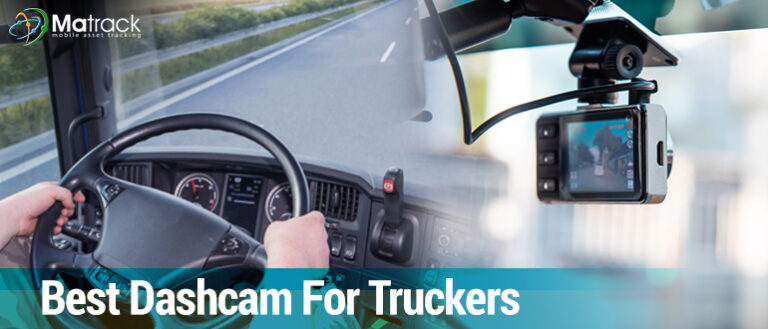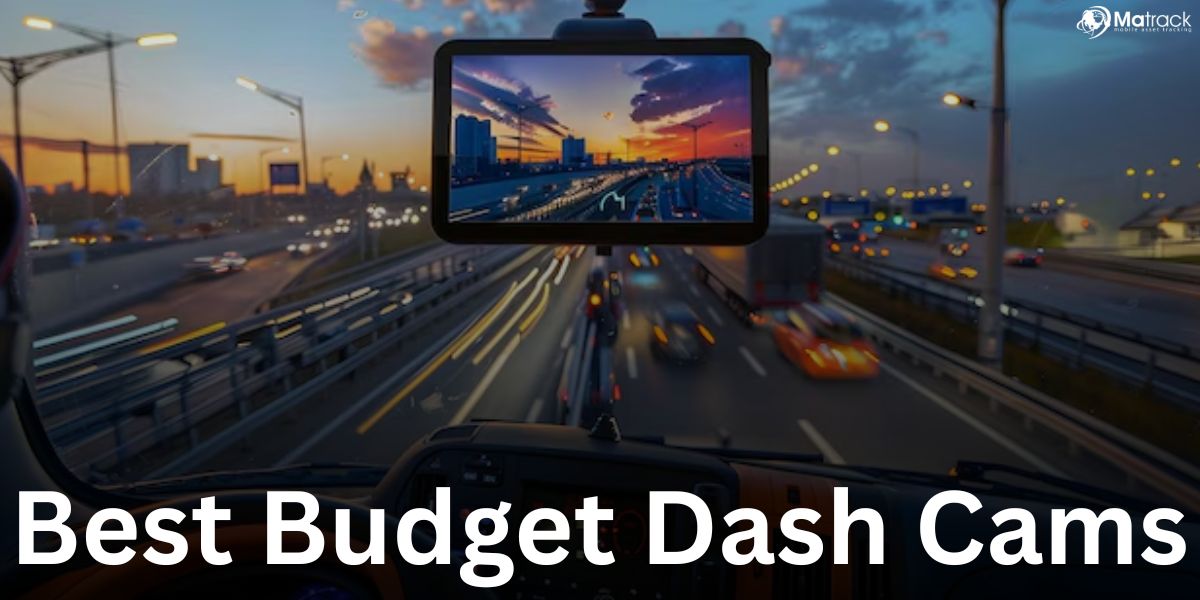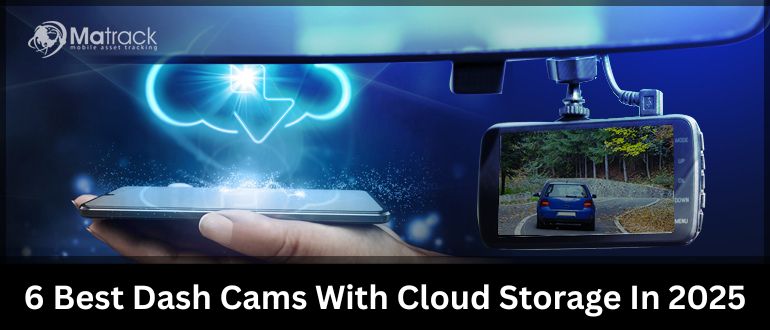Monitor Lane With Advanced Driver Assistance
Matrack’s fleet dash cam uses ADAS technology to monitor lane position, following distance, and collision risks in real time. Audible alerts warn drivers when the vehicle drifts, tailgates, or faces a potential impact. This proactive system keeps drivers attentive and ensures safer, more accountable fleet operations.





















